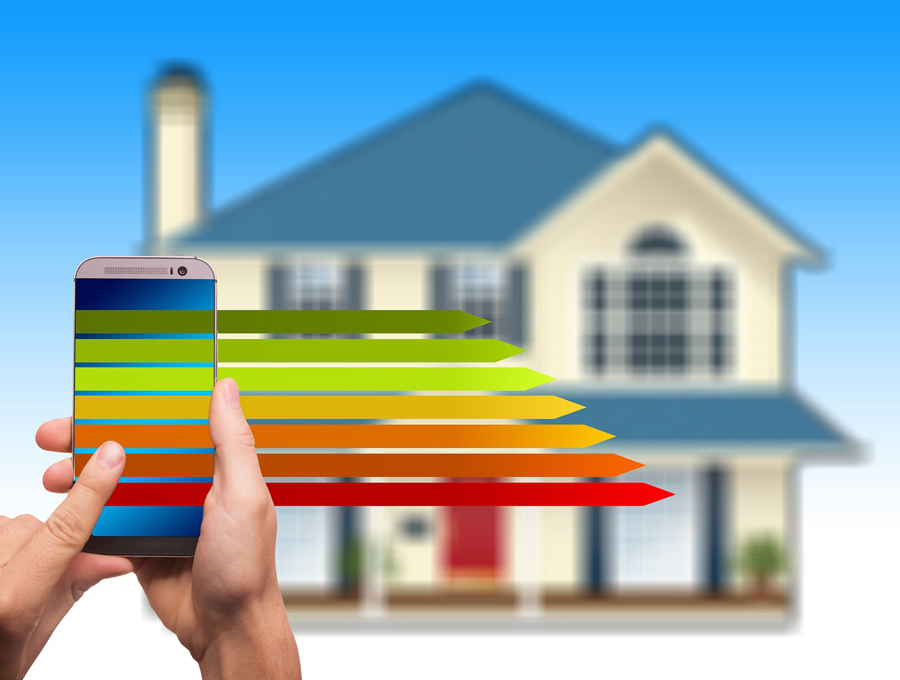What to Know About Smart Systems for Landscaping

In the last few years, many homeowners have embraced the “smart home” concept to automate daily tasks. These devices connect to the internet, allowing you to control them from your phone via an app or through voice control. You can adjust your thermostat from across the country, turn on the lights with just a tap on your screen, or unlock your front door through an app.
Now these technologies are available for many kinds of landscaping features, which can make it even easier to enjoy the beauty of your backyard.
Types of smart landscaping technologies
Lighting. For many homeowners, automating their exterior lights adds a level of safety and convenience that can’t be beat. LED lights can be controlled through an app on your phone, allowing you to remotely turn lights on and off, adjust brightness or dimness, change colors or set a timer for certain lights. Technology like daylight sensors makes it even easier to automatically adjust lighting. The options are almost endless – some systems give you 30,000 color options for your lights, which can be easily changed for the holidays.
One of the best aspects of smart-controlled lights is that you can establish “zones” of lights that can be separately controlled. For example, you can set your front yard lights to stay on all night for security, while scheduling your backyard lights to turn off at midnight. You can even set individual lights on their own zones to truly customize your system.
Irrigation. Gone are the days of turning on a spigot to run a sprinkler all day long. Today’s irrigation systems are highly sophisticated water delivery systems that give you a wide variety of automated control choices.
These systems require a control box – usually installed in the garage – that dictates when and where water is delivered. This can be as simple or as complicated as you like. Timing can be controlled by a pre-programmed setting in the system, daylight sensors connected to the irrigation system, remote controlled via an app on your phone, or the system can be programmed to follow weather patterns and predictions. Some homeowners outsource control to their landscaping partner, who remotely monitors moisture through sophisticated technology like rain sensors and soil probes to deliver irrigation as needed.
Some homeowners in particularly hot and humid locations also consider adding smart-controlled misters to their irrigation systems. These nozzles release a fine spray that helps keep people and pets cool and comfortable in hotter months.
Whatever you choose to install, a smart-controlled irrigation system can make it effortless to have a lush, green lawn all season long.
Security systems. Home security cameras and video doorbells are nearly ubiquitous in homes across the country. These systems can be easily controlled through your phone so you can monitor your home – inside and out – when you’re away.
Firepits. Some homeowners choose to add their backyard firepit on automatic controls so they can remotely turn their fire on and off. If your firepit includes any water features, lighting or audio controls, these can also be controlled with smart-controlled apps.
Pools. Many pools can be updated with smart control functionality to automatically and remotely manage temperature settings, lighting options and even monitor pool cover status. While you can’t open or close the pool cover remotely, you can check to make sure it’s securely closed when you’re not home.
Heated pavers or driveways. Some homes in cold climates include heating coils under pavers or driveways to prevent ice and snow buildup. These systems can be controlled with apps to keep walkways and driving areas safe in even the harshest weather.
Bug control systems. Mosquito control systems automatically spray a fine mist of harmless insecticide through a series of nozzles installed on your property. These units can be programmed to automatically initiate mist at certain times to reduce mosquito activity and control other pest insects.
What to consider when installing smart landscaping controls
Installation. Most smart-controlled systems require electricity and Bluetooth or wireless connectivity to your internet. Some will also require wiring on your property – for example, to create a zone of hardwired lighting – but this can be accomplished even after you’ve installed features like patios and walkways. You might need to install exterior outlets as well, which can easily be accomplished with a licensed electrician.
Pro Tip: Plan ahead to determine what systems you want to control with smart-enabled technologies. Make sure you work with a professional who can guide you in these choices to reduce the number of brands and apps you have to monitor.
Lifestyle. What’s most important to you in a smart-controlled system? Maybe you’re tired of installing holiday lights every year, so smart-controlled LED lights would let you put away the ladder for good. Or maybe you don’t want to drag hoses around your yard anymore, so an irrigation system would be most helpful. Decide what you want to automate and focus on making that area as easy-to-use and functional as possible.
Budget. It’s no secret that some of these technologies can add up quickly. Remember that you don’t have to add all smart technologies at once. You can slowly add smart-controlled systems as they make sense for your budget, which will allow you to spread out your investment – and take advantage of newer technologies – over time.
At The Reesman Company, we have the expertise to guide you through choosing and networking your smart landscaping controls. Call 262-539-2124 to speak with one of our landscape professionals or contact us for more information on how to make your landscape smart.



